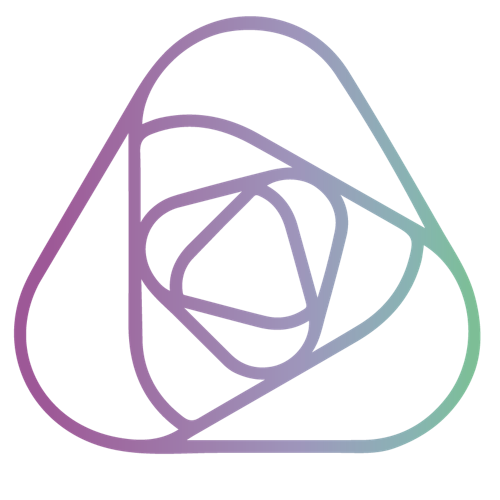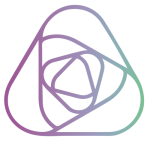Welcome to the Interspace Research Center, comprised of 9 labs at the University of Tokyo working towards shared goals.
Consistent, adaptable and responsive connection and operation are required to maximise the benefit and welfare by the diffusion and extension of the digital twin in the built environment. The center proposes “interspace” as the area between physical and cyberspaces. Well-designed interspace enables accurate and precise reflection of the events and state-of-arts in physical space to cyberspace. It also enables responsive conversion of processing and operations in cyberspace.
The center focuses on developing a universal method of spatial description that supports interoperable activities of varieties of autonomous agents such as people, robotics, and components of the built environment. The center facilitates a holistic approach to enhance such “common ground” of spatial description through global partnership with a wide range of stakeholders.
Systematization of next-generation generic spatial description
The ongoing buzz around digital twin and mirror-world is beginning to have a significant impact on our daily lives in various ways, either directly or indirectly. While the systematization and control of digital space itself is still in its infancy, it is expected that as social and economic activities in space are enhanced, various forms of independent, transient, and simultaneous bidirectional coordination between digital and physical spaces will be required as more concrete technical systems, and more precise methods of segregation and collaboration between many sub-systems and specifications will also be required.
The Interspace Research Center was established in 2021 with the aim of becoming an international research hub for the implementation of a more advanced cyber-physical collaborative society, and to build a systematization and interconnection mechanism based on differences in temporal and spatial scales, the attributes and data structures handled within those scales, and the industrial domains in which they are used.
As of April 2023, nine laboratories with different specialties in spatial description, sensing, and actuation belong to this center, and are exploring the possibilities of collaboration in each area and with each other.
Events
Current Lecture Series: Vision Halfway Outside Architecture


